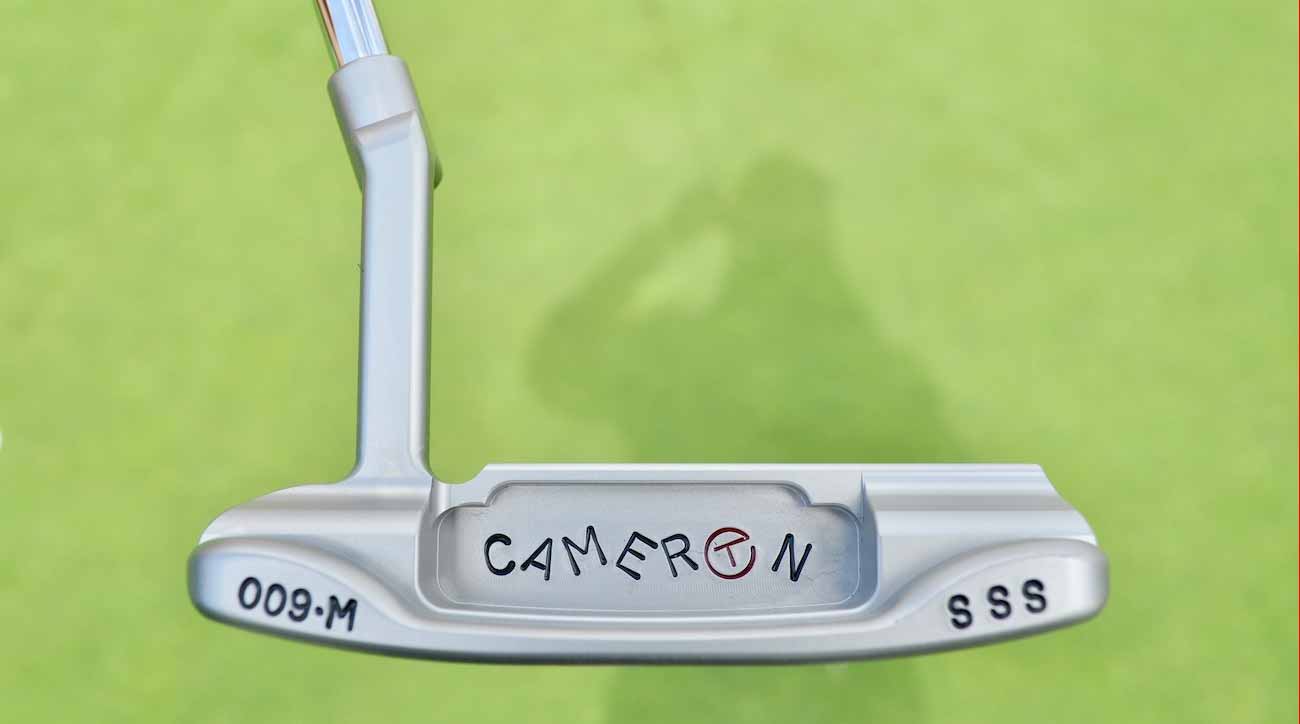 The putters used by the top PGA Tour pros in SG: Putting in 2025
The putters used by the top PGA Tour pros in SG: Putting in 2025
Fully Equipped mailbag: How do a Scotty Cameron ‘Circle T’ putter and the retail version differ?

Welcome to another edition of the Fully Equipped mailbag, an interactive GOLF.com series in which our resident dimplehead (a.k.a., GOLF’s managing editor of equipment, Jonathan Wall) fields your hard-hitting gear questions.
What are the main differences between a Scotty Cameron Circle T and the retail Scotty Cameron putter we buy on the shelves? — Ben DeGagne
I’m going to assume there are golfers reading this week’s mailbag who didn’t even realize there was a “Circle T” version of the Scotty Cameron putter they currently have in the bag. To give you some background on the stamp, it actually served a practical purpose back in the mid-1990s when Cameron was first starting out at Titleist.
When a box of putters bound for the PGA Tour ended up going to the LPGA Tour by mistake, Cameron added a T with a circle around it to denote boxes going to men’s tour. It wasn’t long before reps started informing Cameron there was genuine interest from players for a product with the Circle T stamp.
“To them, it was cool,” Cameron said. “I knew I was onto something when some of the young kids would take the headcovers off and run away with them because they were cooler than those without the Circle T.”
Thus, the Circle T version of Cameron’s putter was born. For years, it was a way for Cameron to denote Tour versions of the putter from the retail offerings. But eventually, Cameron started releasing Tour putters that no longer had a home to the general public in extremely small numbers.
Given the rarity of owning a putter once used on the PGA Tour, Cameron’s Circle T putters started to skyrocket in value — and it hasn’t stopped. These days, a Newport 2 Circle T could go for somewhere in the four-figure range depending on the stamping and head material.
That’s my longwinded answer to your question: It comes down to head material and how the putter is stamped. Using Cameron’s retail Special Select Newport as an example, the putter is made from 303 stainless steel, which is a budget-friendly material when compared to a solid block of carbon steel or the German Stainless Steel (also known as “GSS”) used to make Tiger Woods’ putter.
Carbon Steel, German Stainless and Surgical Stainless are the most common high-end materials you’ll find when it comes to a Circle T putter. Due to the materials, unique finishes and time it takes to create a Tour version of, say, a Newport or Newport 2, it’s easy to see why the price goes up exponentially.
ADVERTISEMENT

Welded necks and subtle changes to shaping — remember, these putters originate on Tour where players have specific requests — also separate a Circle T from the retail putter. There’s also the addition of stamping beyond the Circle T that’s done by hand to give the head a whimsical look at times. There’s even a chance the stamping on the putter was done by Cameron himself.
Take all of that into consideration and you now have a good idea why some Circle T putters go for well over $10,000.
Are you going to make more putts with a Circle T? That remains to be seen. Some players can tell a difference in the feel as the ball comes off the face, but that doesn’t always equate to more putts made. In the end, a Circle T is a status symbol. There’s nothing wrong with owning one, assuming you have the disposable income to afford it.
To hear more gear insights from Jonathan Wall and True Spec’s Tim Briand, subscribe and listen each week to GOLF’s Fully Equipped podcast: iTunes | SoundCloud | Spotify | Stitcher
To receive GOLF’s all-new newsletters, subscribe for free here.
ADVERTISEMENT





